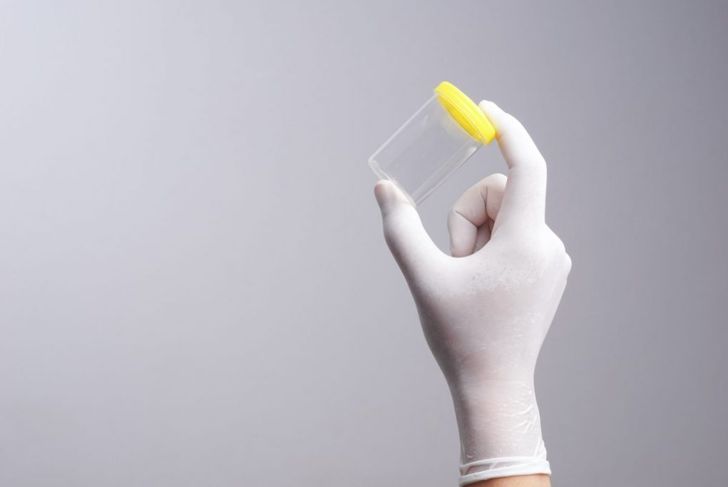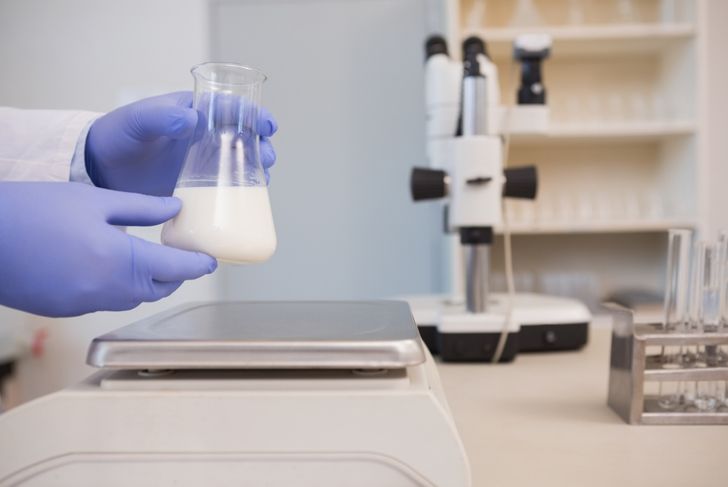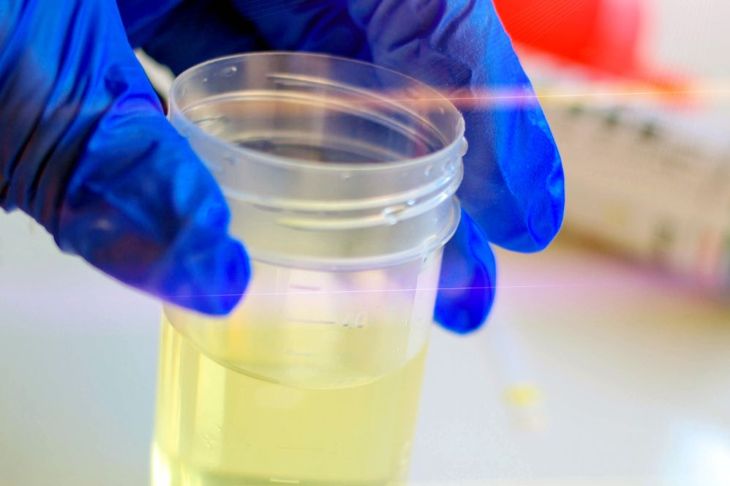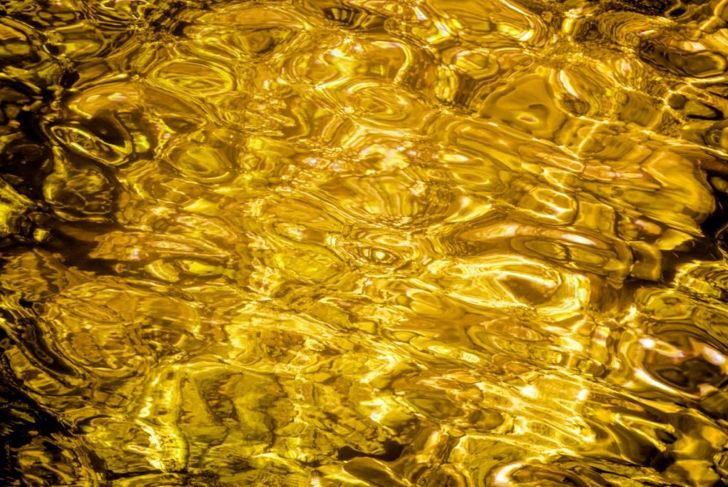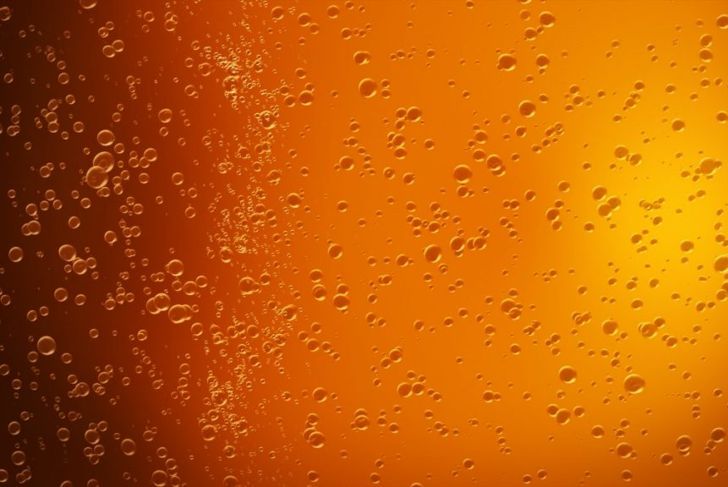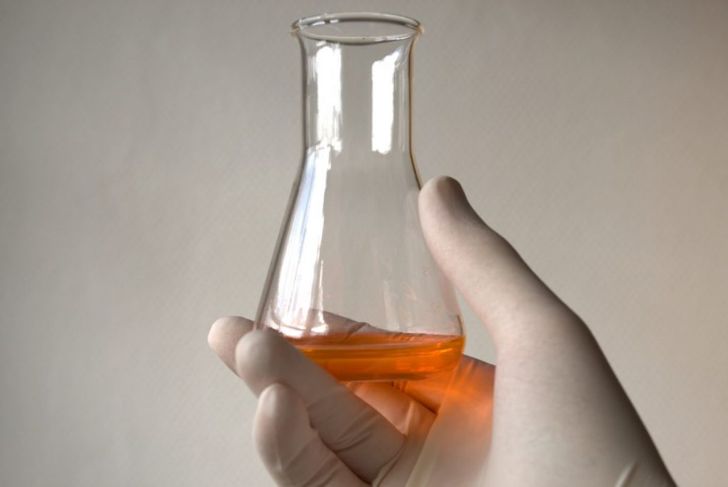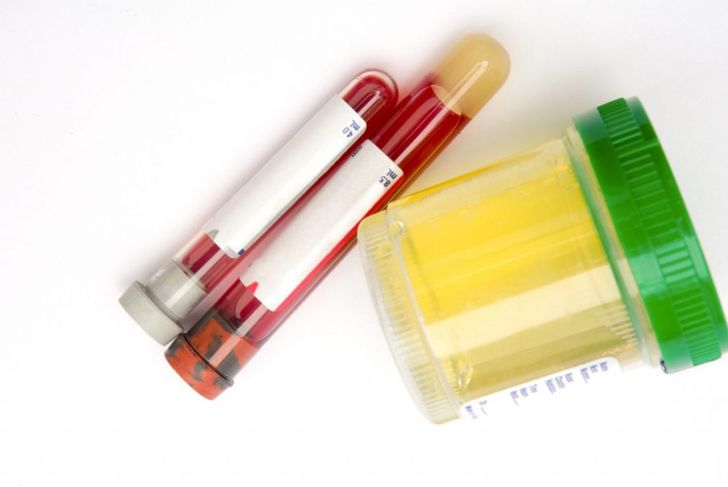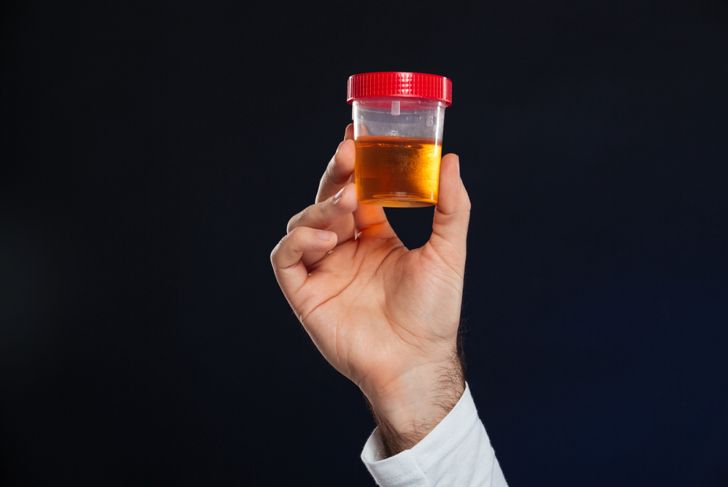When it comes to urine color, there is a wide range of what is considered normal, ranging from pale yellow to deep amber. The yellowish color is caused by a chemical called urochrome or urobilin; the more of this chemical in the output, the deeper yellow it will be. Urine color can also be influenced by medications and food dyes. Significant color changes that last beyond a single urination, or any lasting changes to other properties of the urine, should be discussed with a doctor.
Clear or Transparent Urine
Although many people believe clear urine is a sign of good health, it could actually signify overhydration. Drinking too much water throws off the balance of salts and electrolytes that keep our blood chemically balanced. A Water has many benefits. It clears the bowels and urinary tract and keeps skin looking refreshed and youthful. However, some people drink more water than they need. Overhydration is not as harmful as dehydration, at least in the short-term, but it does raise some health concerns. It can lead to hyponatremia, a state of blood intoxication from a significant loss of sodium, which can cause nausea and vomiting, fatigue, headaches, confusion, seizures, muscle weakness or cramps, and coma. The average daily amount of water is half your body weight in ounces (if you weigh 160 pounds, drink 80 ounces). However, the amount you need will vary with how active you are, the diet you eat, the temperature where you live and work, health conditions, and medications.
Cloudy, White, or Milky
Your urine may be cloudy, milky, or white if there are too many proteins or minerals like calcium or phosphate in your body. Cloudiness can also indicate a urinary tract infection. Chyluria is another possibility; chyle is a milky fluid made of fat droplets and lymph that drains from the vessels of the small intestine into the lymphatic system during digestion. Chyluria occurs mostly in Africa and the Indian subcontinent. Chyluria can also be caused by a parasite that blocks the normal flow of lymph and redirects it to the kidneys.
Pale Straw Yellow or Transparent Yellow
Urine the color of pale straw is a reliable indication of good health and good hydration. People who regularly produce urine this color are drinking the right amount of water daily or taking a medication that is forcing excess water out of the body quickly. It is difficult to set an average amount of water that the body needs because the requirement is based on many factors. Cells, tissues, and organs depend on water to survive, but in addition to urination, we lose water through breath, perspiration, and bowel movements every day. The goal is to keep our bodies at 60 percent water all the time. This means an average of 15.5 cups of water for men and 11.5 cups for women, which can be achieved with both food and drink.
Dark Yellow
The body reacts when you are not taking in enough water by trying to hold on to the fluids you already have. This makes your urine very concentrated with urobilin, and it will appear dark yellow. When you eat or drink fluids, they move from your digestive system, through your circulatory system and into your kidneys. The kidneys then remove waste products from your food and extra fluid by making urine. A lack of water means the toxins the body is trying to remove are less diluted.
Amber or Honey-Colored Urine
If your urine is amber or honey-colored, you may be reaching a state of severe dehydration due to a low intake of water or medications, diarrhea, vomiting, or excessive sweating without replacing fluids. Along with very dark urine, dehydration causes extreme thirst, less frequent urination, difficulty urinating, extreme fatigue, dizziness, and confusion. Repeated or prolonged severe dehydration can lead to urinary and kidney problems, kidney failure, or seizures. It can also trigger hypovolemic shock, which occurs when low blood volume causes blood pressure and blood oxygen levels to drop.
Light Orange or Orange
Orange urine is usually caused by reactions to foods or medicines. For example, eating carrots or taking high-dose vitamin C supplements can turn urine orange. People on chemotherapy or those taking laxatives or anti-inflammatory drugs also may notice orange-colored urine. Dehydration can also impart an orange coloration to urine. In some cases, orange urine suggests something more serious, such as a problem with the liver or bile duct. This is particularly serious if it appears in combination with light-colored stool.
Dark Orange or Brown
Although it may be alarming to see brown urine, some causes are benign, such as eating or drinking large amounts of aloe, fava beans, or rhubarb. This could also be a side effect of medication. More serious potential causes include copper or phenol poisoning or melanoma, a form of skin cancer. Combined with other symptoms, dark brown urine can indicate liver failure, as well.
Pink or Red Urine
Foods that can cause pink or reddish urine include berries, beets, rhubarb, and fava beans. Seeing this color of urine after eating such foods is no cause for concern. Other reasons that are more troublesome include an enlarged prostate, kidney cysts, urinary tract infections, kidney and bladder stones, and both cancerous and benign tumors. Any of these can cause blood in the urine or hematuria. Long-distance runners, people who exercise vigorously, and people taking laxatives or antibiotics should seek medical attention if they notice pink or red urine. Painless blood in the urine can indicate cancer. Older people are more vulnerable to bladder and kidney tumors.
Blue, Green, or Purple Urine
Many people experience greenish or yellow-colored urine after eating asparagus or foods with green dyes. Asparagus also gives your urine a distinct odor. Often, this is harmless, but sometimes the color can signal a pseudomonas bacterial infection in the urinary tract. Dyes used for some kidney and bladder tests can also make the urine appear blue. Hypercalcemia or “blue diaper syndrome,” an inherited metabolic disorder, also turns urine blue. This rare condition develops when the intestines cannot break down tryptophan, a dietary nutrient. Purple urine is seen in catheterized patients and is linked to Gram-negative bacteriuria.
Dark Brown or Black
Brown urine can result from eating foods like rhubarb and taking medications such as laxatives, antibiotics, and muscle relaxants. More serious causes of brown urine include urinary tract infections and kidney and liver disorders. People who receive intramuscular iron injections may also experience black urine, a benign effect of the injections.

 Home
Home Health
Health Diet & Nutrition
Diet & Nutrition Living Well
Living Well More
More